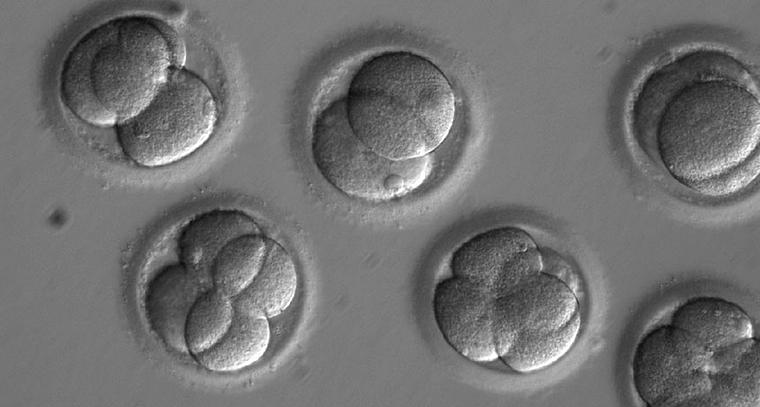
Entropy is the process of the orderly becoming less orderly, like water in a bowl slowly evaporates into vapor. The second law of thermodynamics posits entropy with determining the ultimate state of matter in the universe. As energy dissipates, the very structure of matter transforms through an entropic process; thus it is in time we all will turn to dust, the stars will run out of fuel, and the universe will become a particle-filled darkness. Don’t worry…you have 50 billion years before that happens.
However, as living beings we display “disentropy,” accumulating and organizing matter and energy faster than entropy dissipates them. Consumed food, air and water combine to satisfy our need for cell function and replication. Living things, by definition, absorb and accumulate to sustain the life process. A mere three days without water are enough to bring our lives to an end. This is because the process of entropy is simultaneous with our disentropic activity, and can quickly overcome it during illness or incapacity. Like little whirlpools formed in water by the paddle of a canoe, our orderly existence remains only so long as the forces of disentropy are sustained.
These facts make us life-chauvinists. We have a natural bias towards life and living things. We love puppies and babies, and even recognize the energy and power of something as small as a mosquito. This bias also means that we often think less of non-living things. We throw our clothes on the floor, carelessly wipe mud off our shoes, kick rocks and add our garbage to the landfill. We may love one or another possession, like our car or easy-chair, but we think they are just “stuff.”
Notably, we are also made of stuff, stuff not all that different from the stuff we throw away. The basic elements and molecules of the living are essentially identical to the elements and molecules of the non-living. Moreover, much of the non-living once was alive. What differentiates the living is the disentropic process.
We think of movement – circulation within an organism and often the ability to move from one location to another – as the character of living things, an attribute of the animate. We tend to view the non-living as inanimate. This view, however, is due to our temporal orientation; we simply do not live long enough to watch entropy turn rocks to dust. Given enough time, the sub-atomic forces holding molecules together change and give way; uranium turns to lead, after all. When existence is understood this way, birth and death are revealed as simultaneous.
Contemporary physics teaches that the inanimate is always moving; at the sub-atomic foundation of existence, the distinction between living and non-living disappear. The quantum realm is in continuous motion, simply a field of energy oscillating between non-zero values. So, the movement we generally associate with life is actually a property of both the animate and the inanimate.
Life utilizes energy and information in an observable and explicit manner. While lacking DNA or RNA, a non-living rock exists as energy and information as well. Though its energy dissipation is infinitely slow and the information consists of precisely ordered arrays of molecular structures, the inanimate rock is changing constantly, as are we. At the most subtle level, the animate and the inanimate are simply one and the same.